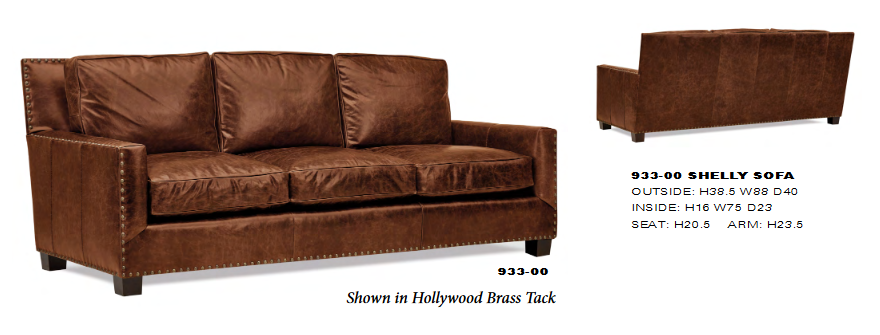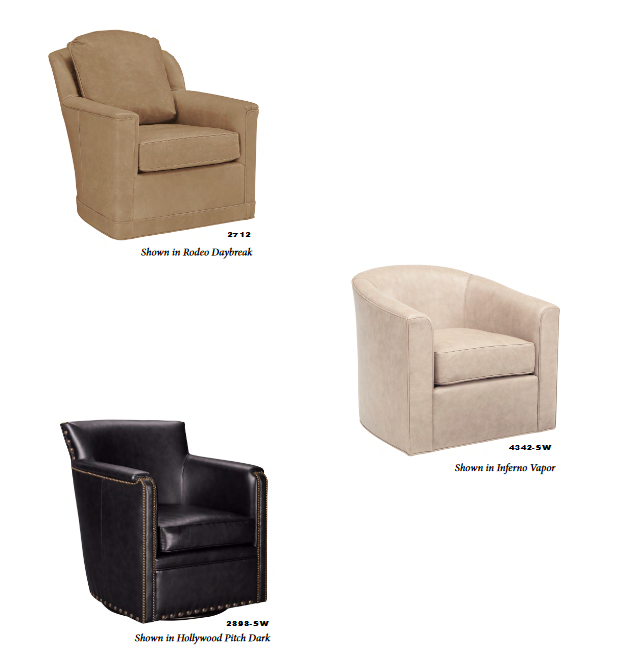It seems everywhere you go online or on TV, the news about the supply chain is grim and getting grimmer. (Is “grimmer” a word? Autocorrect seems to think so!) Yet, all of the stories seem the same – shipping has slowed, there’s a container shortage, and the ports of entry on the West Coast are overloaded. Then too, we hear, it’s difficult if not impossible to find workers and the shortage of skilled workers has led to a furnishings labor shortage that may last indefinitely.
Oy, what’s going on?
According to many experts, and despite news sources, the real issue is not so much a transportation bottleneck as it is a labor shortage in virtually every industry. Yes, shipping containers are in short supply and leasing them is more expensive than ever. Cargos ships from the Far East are filled to bursting and must wait to offload outside their usual ports before docking. Then, offloading them is taking days or weeks rather than hours because stevedores are also in short supply.
According to an opinion piece from Jerry Epperson, Founder/Managing Director of Mann, Armistead & Epperson, Ltd. at FurnitureToday.com, the ongoing labor shortage in the US is not limited to the furnishings industry but has become a universal problem. (This is true for not only skilled but unskilled factory workers.)
He wrote, “In September the consumer media seemed uninterested, while in October, they woke to the severity of the problems and offered daily coverage. A few recent articles were encouraging with container shipping costs trending down slowly, fewer Asian factory closings dictated by the COVID-19, and major efforts at the larger ports to improve congestion and get things moving.
“The problem everyone faces is labor. I just read a long thesis about the labor issue by the New York Times that found that American families are so well off financially that fewer need to work. Yes, the stock market and home prices are up handsomely, and Uncle Sam has been generous recently with pandemic-related giveaways, but it still doesn’t feel right for 4.3 million [workers] to walk off their jobs in August.”
The Skilled Labor Shortage is Very Real
In a piece from March at BusinessWire.com, we learn that “While millions of Americans affected by pandemic job loss are still looking for work, the number of skilled trade jobs in the U.S. is far outpacing the supply of qualified workers to fill them. A new analysis by the skilled trades division of staffing leader PeopleReady finds that the most in-demand skilled trade jobs are remaining unfilled the longest, roughly a month on average, due to the shortage of qualified workers.” (emphasis added)
Further, “The skilled trades are in dire need of workers right now, with a particularly high demand for apprentice-level and skilled labor positions. These are steady, well-paying jobs that hold a bright future, even in an unpredictable economic climate,” said Jill Quinn, executive leader of PeopleReady Skilled Trades. “For the millions of Americans who are struggling in their job hunt right now, our message is simple: Consider a career in the skilled trades.”
The reason(s) for the scarcity of high-quality and artisanal workers are two-fold (at least). While it is true that “The skilled trades labor shortage, predominantly driven by a mass exit of baby boomers retiring from the sector, can be an opportunity for people looking for work, especially those who have little to no experience in the skilled trades and need job training.” (emphasis added)
It also appears to be true that “Although the skills shortage in manufacturing has been a pervasive issue for the past several years, our research shows us that far more manufacturers today (54%) than a year ago (38%) are having a particularly hard timing finding candidates with the right skills to fill critical job openings. At the same time, 54% of manufacturers say that negative industry perceptions are impacting their ability to recruit Millennial and Gen Z talent, which is equally challenging.” (emphasis added)











